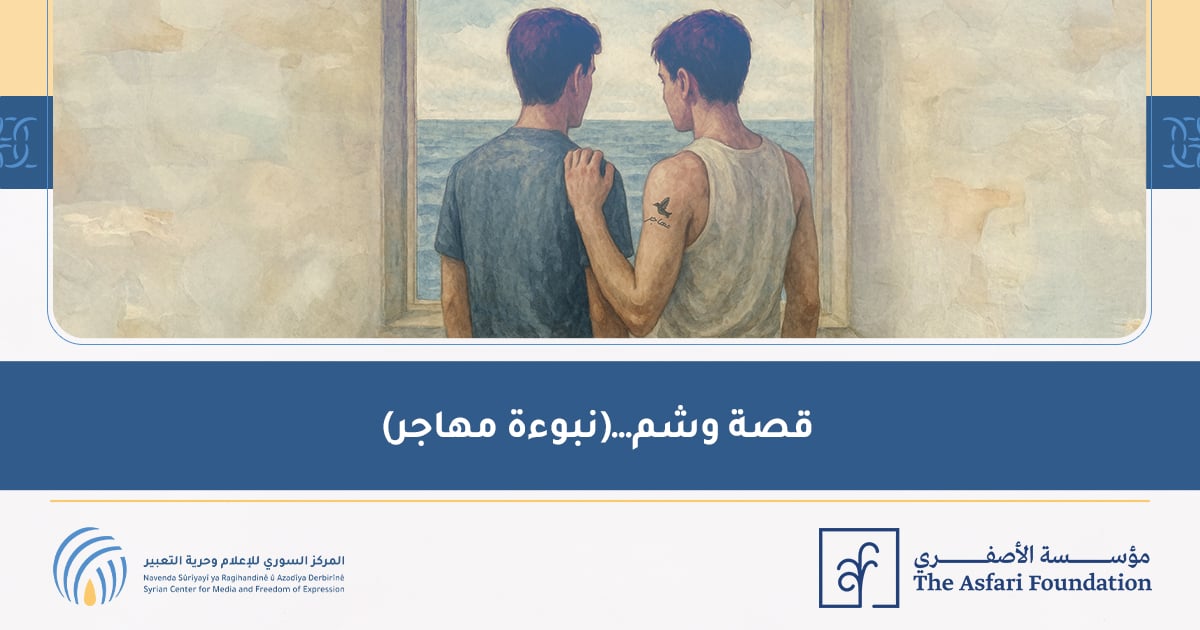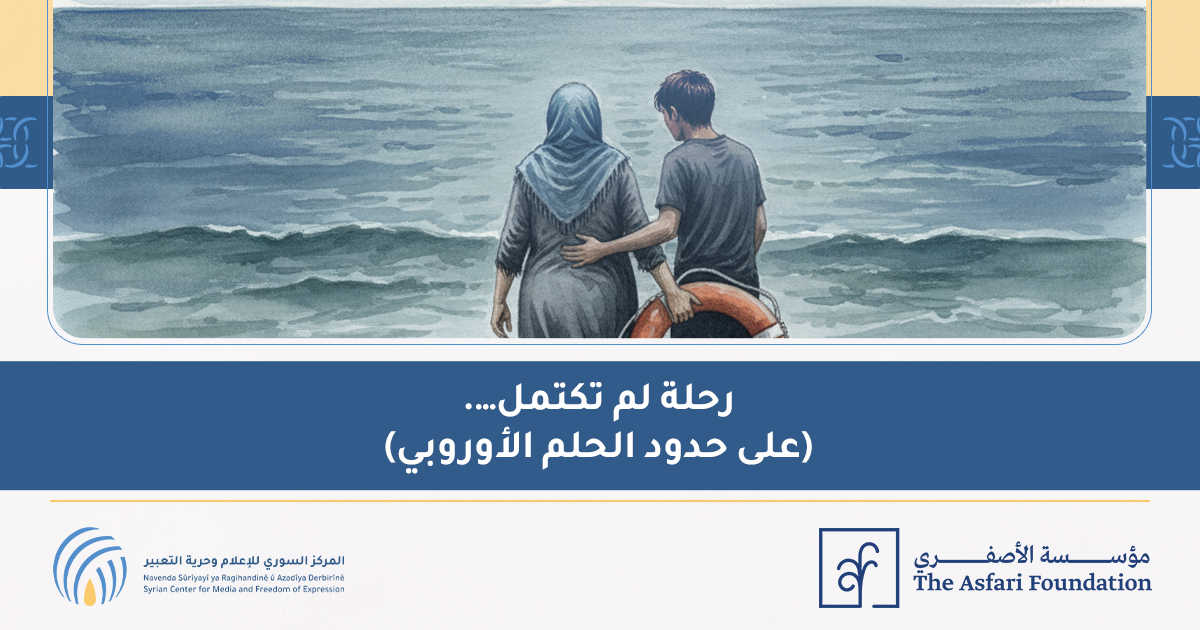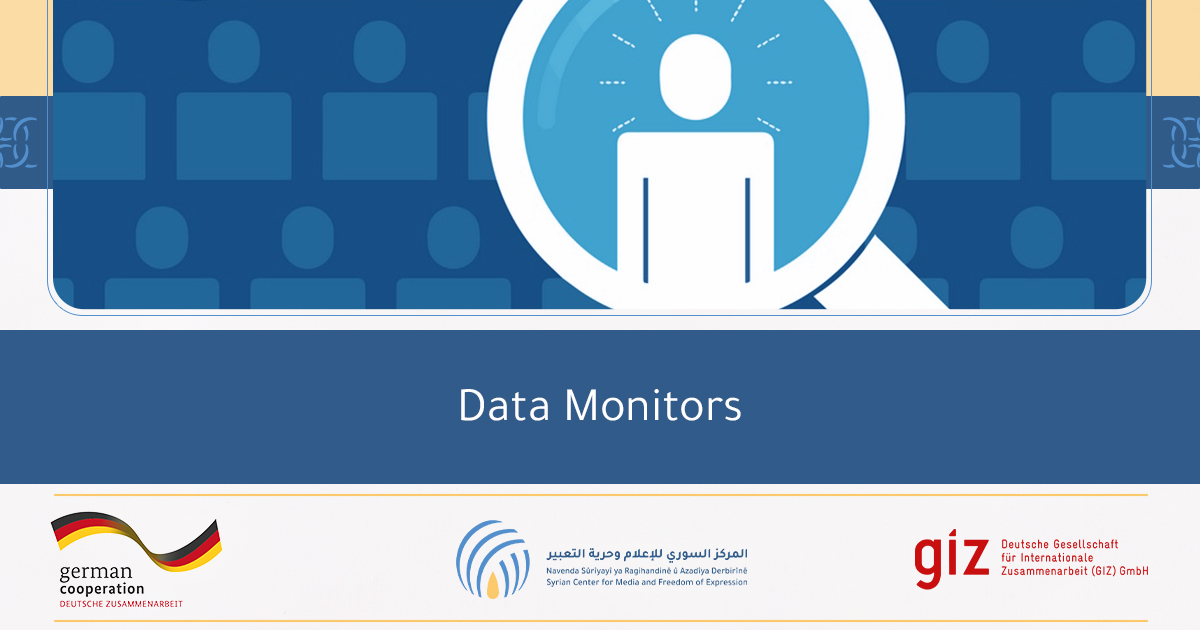• الديمقراطية و الاعلام – مازن درويش
• حرية الصحافة و علاقة الصحافة بالسلطة – موقع يا بيروت
• رسالة السيد كويشيرو ماتسورا، المدير العام لليونسكو،بمناسبة اليوم العالمي لحرية الصحافة3 مايو/أيار 2004
• مذكرة من هيومن رايتس ووتش للحكومة السورية 31 يناير/كانون الثاني 2002
• حرية الصحافة: بين مداد القلم ومداد الدم – علي خشان
• وسائل الإعلام والتنمية والقضاء على الفقر – منشورات اليونسكو
• صحفيون بلا نقابة – مازن درويش
• حرية الصحافة – الين هيوم
• حرية الصحافة تساعد على محاربة الفقر – منشورات البنك الدولي
• قانون المقموعات السوري يلاحق صحافي بجريدة قاسيون تحرش بالفساد – الجمل
• حكاية منع" – احمد خليل
• الميثاق العالمي لحقوق الإنسان المادة 19
• الصحافة والرقابة في سورية – حسان عباس
Amr Salem, “Syria’s Cautious Embrace,” Middle East Insight, March-April 1999, pp. 49-50.
In order for President [Hafez] al-Asad to feel comfortable promoting a particular technology, it must meet the following criteria:
1. It should benefit the majority of the Syrian people. Technology geared toward the elite is not favored because such people have the resources and means to get what they want without government assistance.
2. It should not disrupt the social structure or adversely affect the middle class, and should be within the means of the masses.
3. It should have a direct impact on Syria’s overall social and economic development.
4. It should not jeopardize Syrian independence or security concerns.
http://hrw.org/reports/2005/mena1105/6.htm
Dr. Hasna Askhita, Translation of ‘L’internet en Syrie," delivered at IFLA. 2-4 March 2000.
http://nmit.georgetown.edu/papers/askhita2.htm
Dr. Hasna Askhita, Translation of ‘L’internet en Syrie," delivered at IFLA. 2-4 March 2000.
http://nmit.georgetown.edu/papers/askhita2.htm
http://www.190.sy/index.php?m=198 بتاريخ 02/12/2006




